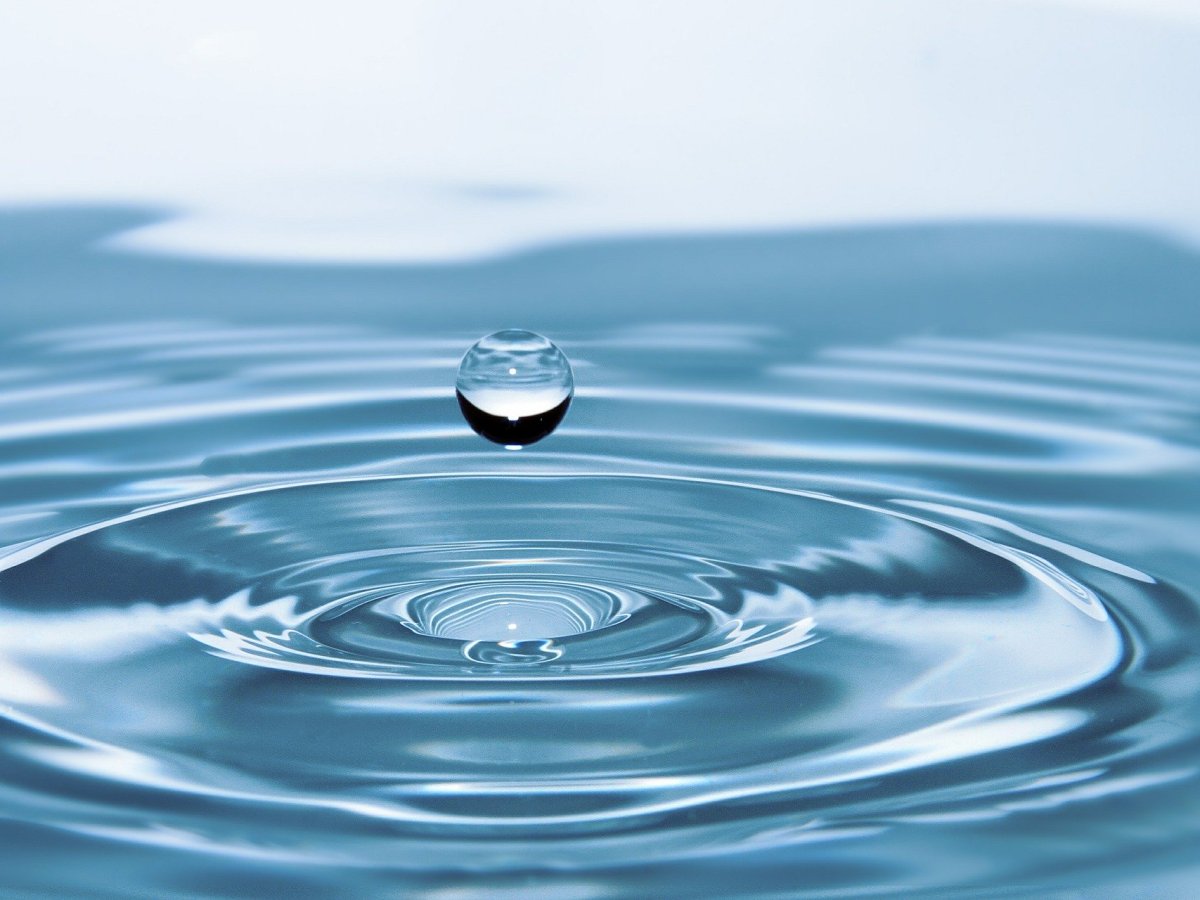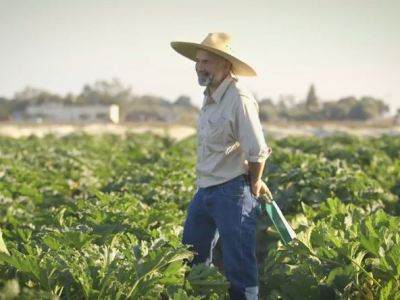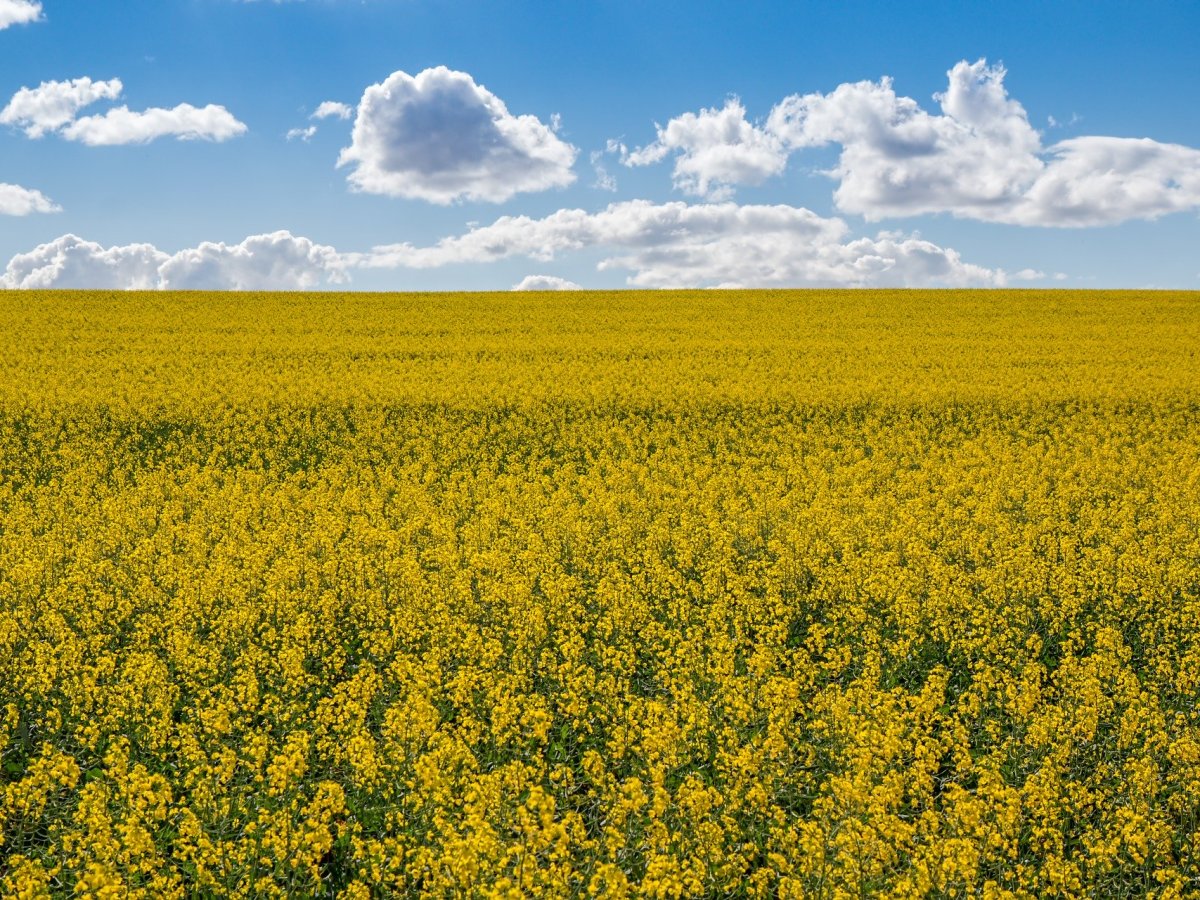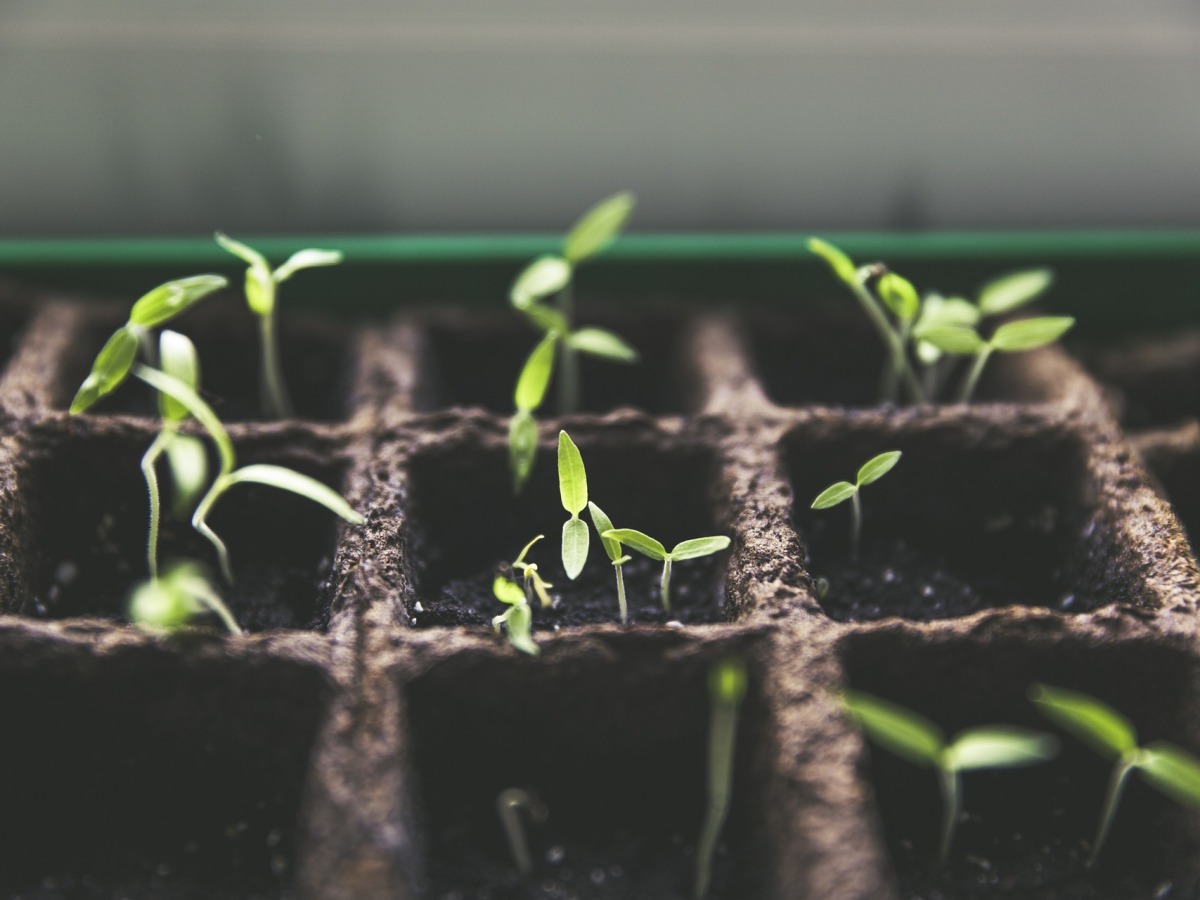Thanksgiving: Then and now
Today’s Thanksgiving meal is quite different from what the pilgrims ate in 1621 at the first autumn harvest feast held in what would later become the United States.
How long do leftovers last?
Do you know how long your Thanksgiving leftovers will last?
Celebrate National Popcorn Day
National Popcorn Day is the perfect time to indulge in this popular treat and learn more about its history.
Many U.S. presidents were also farmers
We know a lot about past United States presidents, but did you know many of them had roots in agriculture?
Making an impact on water utilization in Gothenburg, Nebraska
The Gothenburg Water Utilization Learning Center was developed to provide answers and solutions to current questions and issues raised in production agriculture.
Organic and conventional: Q&A with a farmer
Cannon Michael’s family has farmed the same land for more than 150 years.
We’re thankful for our employees
Employees at Monsanto are a diverse group of people with the common goal of making a balanced meal accessible around the world.
How technology has changed farming
Agriculture technologies advanced rapidly in the second half of the 20th century and at the beginning of the 21st century.
Plants have parents too
Like human multiplication, plants have parents from which they came.
Tomato: Fruit or veggie? The Supreme Court says…
To-may-to? To-mah-to? Pronunciation of tomato isn’t the only thing that’s been debated over the years.
Leave the leaves? Not so fast
If you want to put down the rake this fall, you’ll still need to put in a little bit of work to keep your yard healthy.
Basketball’s agriculture connection
If you’re a basketball enthusiast you probably know the basics of how it was invented. But did you know the early years of the game have ties to agriculture?
A love affair with squash
The job of a squash breeder is part art and part science. Bill Johnson had decided this was what he wanted to do by the time he started college.
Are farming jobs endangered? Hardly
Farming is becoming more high-tech, which opens the doors for technology career opportunities within agriculture. Farmers are using data for everything from precisely determining which types of seeds will grow best in certain locations to knowing how much rainfall each acre of land has received, which means they’re able to irrigate crops more precisely.
Hooray for squash!
From acorn to butternut to spaghetti, there are many varieties of squash that can be incorporated into delicious recipes.
From pulp to peduncle: Parts of a pumpkin
Ever wonder what the stem or “handle” of a pumpkin is called?
Why you should care about the World Food Prize
Established in 1986 by Nobel Peace Prize winner Dr. Norman E. Borlaug, the World Food Prize is often called the “Nobel Prize for food and agriculture.”
Apples weren’t originally for eating
So how did the apple become America’s flagship fruit? In honor of Johnny Appleseed Day on Sept. 26, we’ve put together some information about the history of the apple, from bitter to sweet.
Ancestors of modern produce
Throughout history, modern produce evolved through traditional plant breeding techniques. And most modern produce evolved so much that its origins are nearly indistinguishable from what it looks like today.
Crops, innovation, and combines – oh my!
Held each year in the Midwest, the Farm Progress Show is where agricultural companies set up booths and showcase the latest and greatest in farm innovations and demonstrate it for more than 100,000 farmers and agriculture students. It’s kind of like the Detroit Auto Show for farming.
Celebrating Mexico’s independence with corn
Did you know that Sept. 16 is Mexico’s Independence Day, which is known as Grito de Dolores – meaning “Cry of Dolores?”
Farming your school supplies
Crayons are a staple school supply for many elementary school children, and it doesn’t take many soybeans to produce a large number of crayons. One acre of soybeans (about 40 bushels) can make 82,368 crayons.
Canola: A truly Canadian crop
The crop provides a versatile oil with a healthy profile for cooking food and a protein meal that is fed to livestock as part of animals’ balanced diet. Farmers are also growing it more sustainably.
Meet nature’s pollinators
Animals pollinate about 75 percent of flowering plants, and they help to produce about one-third of all foods and beverages consumed by humans.
How baby carrots became a nutritious snack
In 1986 Mike Yurosek, a California carrot farmer, came up with the idea to cut up and peel carrots that were too ugly or broken to be sold. Normally, the ugly carrots were sorted from the pretty carrots and discarded.
From farm to fork: Growing, selecting, & cooking sweet corn
More than 99 percent of the corn you see while driving through the Midwest is field corn, which is different from sweet corn.
Reducing waste to help the environment
Recycling and composting are two easy ways to help prevent unnecessary waste from polluting the ground. In fact, the Environmental Protection Agency (EPA) says these methods led to a 7 percent decrease in the amount of trash sent to landfills in 2012 compared to 1990.
Monsanto’s plant breeders play matchmaker
Like matchmakers, the goal of plant breeders is to bring together the two plants best-suited for each other so they can produce offspring with the best characteristics of both. The resulting offspring are called hybrids or varieties, depending on the crop.
Composting improves soil health
Composting is a way to dispose of certain types of waste without sending it to landfills. According to the Environmental Protection Agency, composting is important because it has the ability to enrich and clean contaminated soils; help prevent pollution; decrease water, fertilizer and pesticide usage; and eliminate heavy metals, oil, grease and solids from storm…
Looking for a job? Consider agriculture!
According to a recent analysis by Purdue University, only 61 percent of the estimated 57,900 annual openings are filled each year in the food, agriculture, renewable natural resources and environmental industries.





























